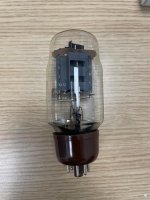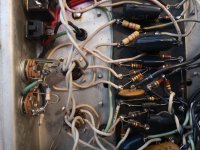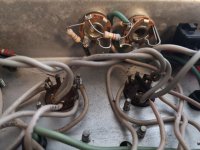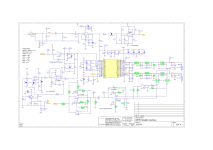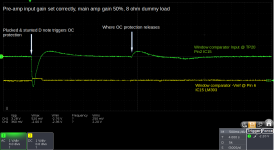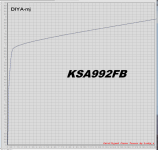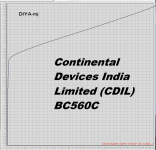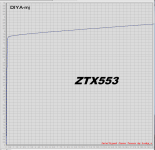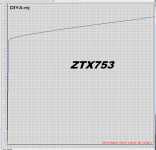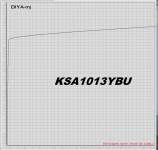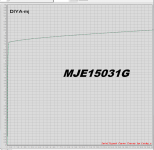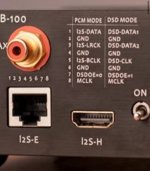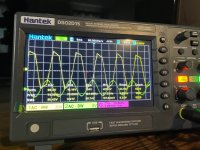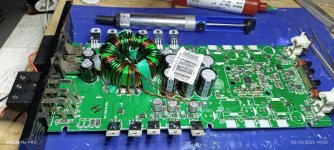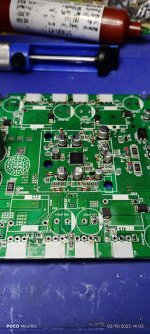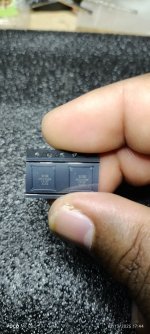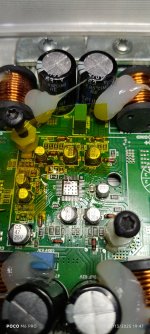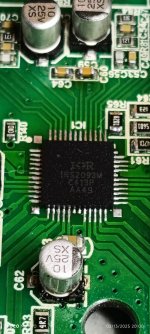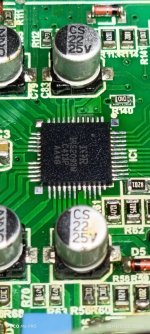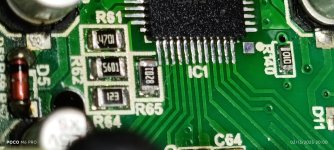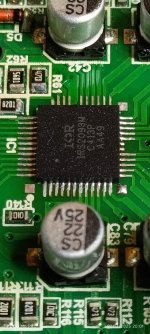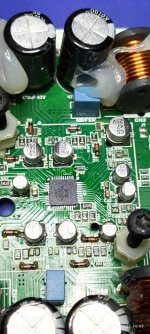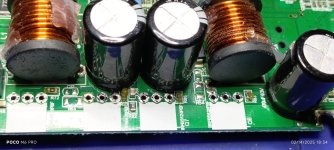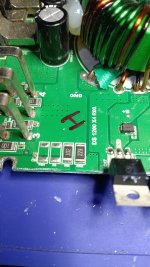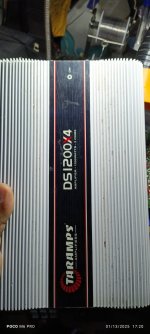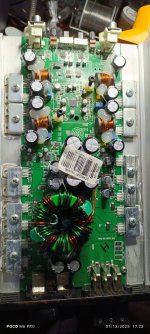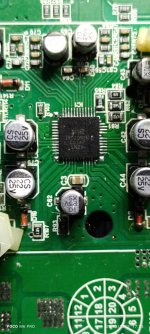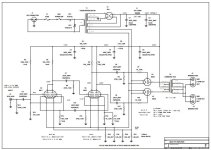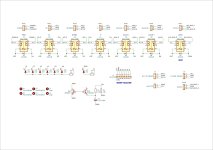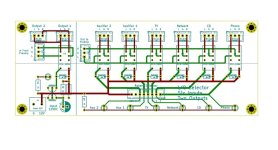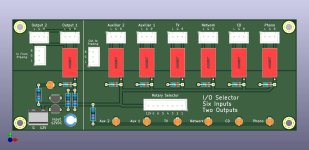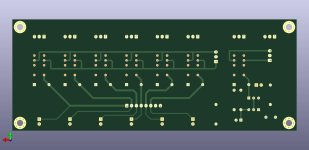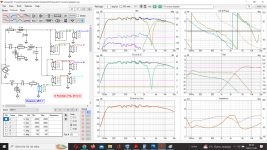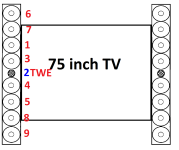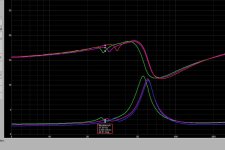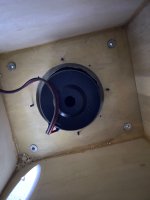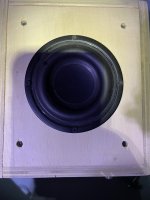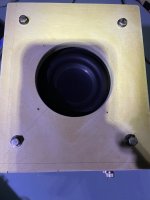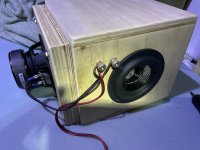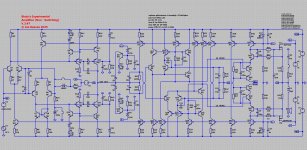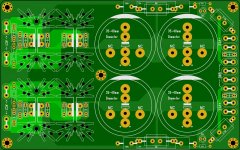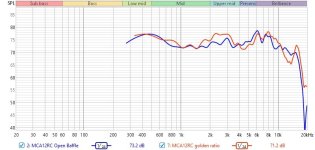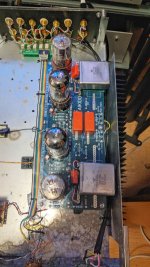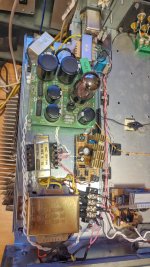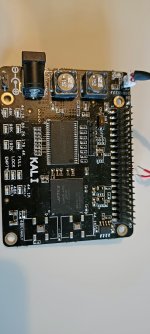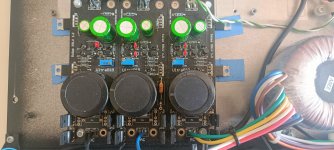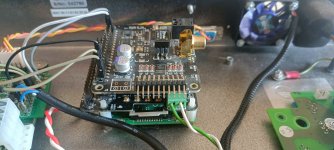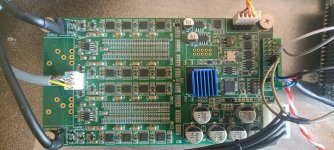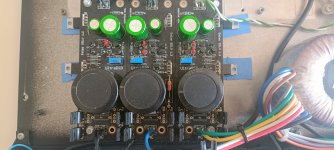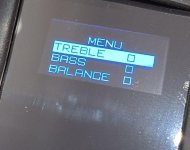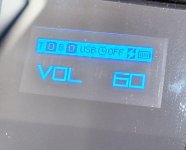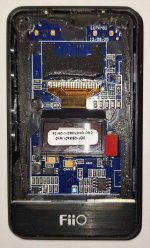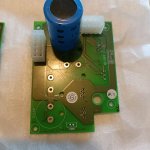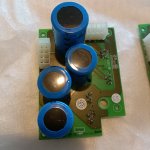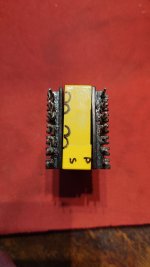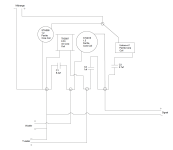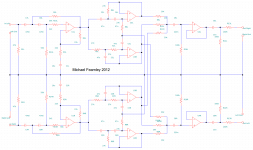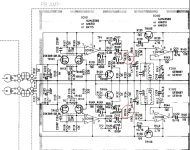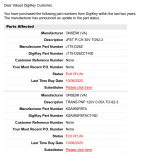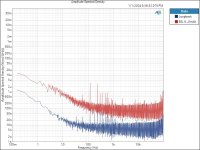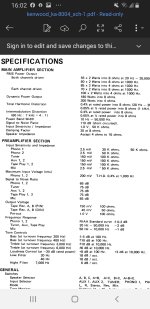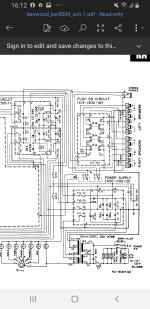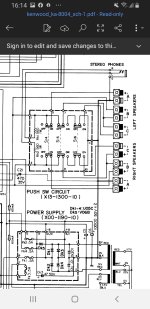Simple Vented Enclosure Design for Tang Band W5-2143
- By Nikonoclast
- Full Range
- 29 Replies
Hi All,
Hoping for some feedback from the community for my proposed design for the TB W5-2143 driver.
This will be my first ever diy speaker project, so my knowledge is pretty limited. Any help or advice is appreciated. I've seen a few other threads on more complex designs such as XKi design posted here, but trying to do a very simple full-range slotted-port bookshelf / stand-mount enclosure to match my pretty basic carpentry skills.
Here's the deisgn I have at this point:

I've modeled this based on the output from the online speaker calculator here as I don't have access to other speaker-design software (I'm on a Mac - any suggestions for something else I should be using or even a simple excel file appreciated if there are flaws with that site)
That site gives the ideal ported volume at 14.02 L based on the driver parameters. I've calculated my net box volume above at 14.1 L (took an area of the cross section less slot volume, lining, and driver and mutliplied it by the net enclosure width less lining - I realize this does not 100% accurately capture the volume of the driver, so actual net box volume will likely be slightly higher, but hoping that's close enough).
Here the outputs from the site:


Does this look good as a starting point? Any and all feedback appreciated. Thanks!
Hoping for some feedback from the community for my proposed design for the TB W5-2143 driver.
This will be my first ever diy speaker project, so my knowledge is pretty limited. Any help or advice is appreciated. I've seen a few other threads on more complex designs such as XKi design posted here, but trying to do a very simple full-range slotted-port bookshelf / stand-mount enclosure to match my pretty basic carpentry skills.
Here's the deisgn I have at this point:
I've modeled this based on the output from the online speaker calculator here as I don't have access to other speaker-design software (I'm on a Mac - any suggestions for something else I should be using or even a simple excel file appreciated if there are flaws with that site)
That site gives the ideal ported volume at 14.02 L based on the driver parameters. I've calculated my net box volume above at 14.1 L (took an area of the cross section less slot volume, lining, and driver and mutliplied it by the net enclosure width less lining - I realize this does not 100% accurately capture the volume of the driver, so actual net box volume will likely be slightly higher, but hoping that's close enough).
Here the outputs from the site:
Does this look good as a starting point? Any and all feedback appreciated. Thanks!

